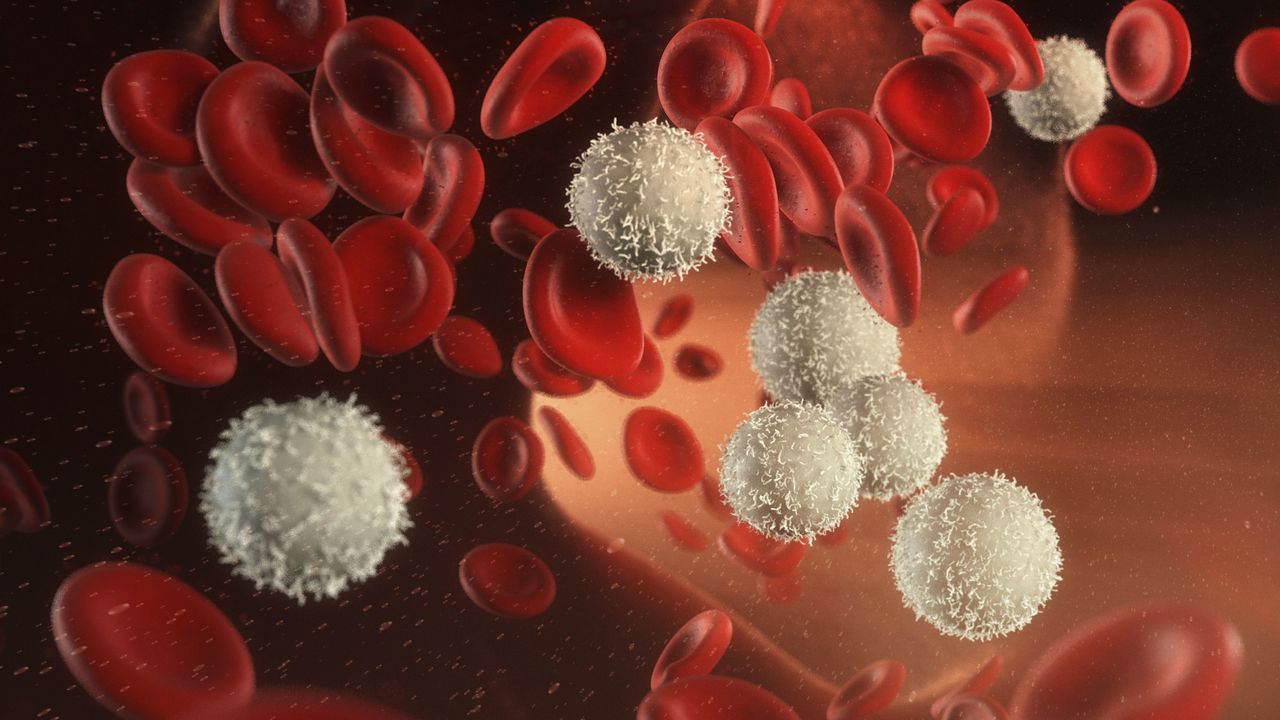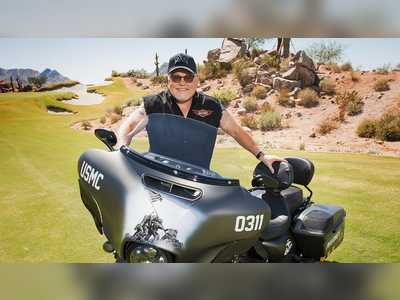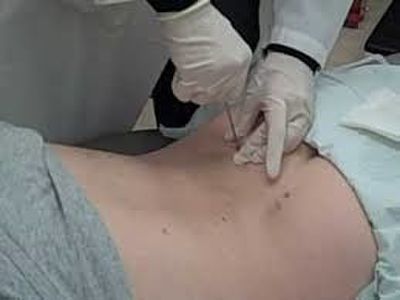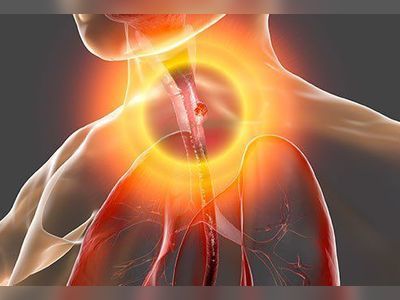
Peripheral Blood Stem Cell Transplantation: Procedure, Recovery
What is peripheral blood stem cell transplantation?
Peripheral blood stem cell transplantation is a treatment which involve first harvesting specific cells called stem cells from the peripheral blood of the donor. These cells are harvested by a type of filtration and then preserved, usually by freezing, and finally given to the recipient after he or she has received intensive treatment. The stem cells are usually given instead of bone marrow cells. They go to the recipient's bone marrow spaces and rebuild the bone marrow after the intensive treatment is over. The treatment does not involve surgery, but is nevertheless a form of transplantation.
What are stem cells?
Stem cells are small, round cells with a squat nucleus and scant surrounding cytoplasm. Although unremarkable in appearance, stem cells can perform what have been called "acts of biological resurrection."
What do stem cells do?
Whereas other types of cells in the body have a limited lifespan and die after dividing their predetermined number of times, a stem cell can reproduce forever. The stem cell is immortal (in cellular terms). A stem cell can forgo immortality and differentiate. By doing so, it can turn into an ordinary blood cell, like a red blood cell (an erythrocyte), a white blood cell (a leukocyte), or a large cell (a megakaryocyte) that fragments into the platelets needed for blood to clot.
What is the value of stem cells for transplantation?
A relatively small number of stem cells can miraculously repopulate the whole bone marrow, provide an endless supply of stem cells, reconstitute the entire repertoire of blood cells, and restore that portion of the immune system.
Where do the stem cells come from for transplantation?
Under normal circumstances, stem cells are rarely seen in the blood stream. To recruit enough stem cells into the blood, stem cells are lured out of the bone marrow by a special regimen of drugs and thereby coaxed into entering the peripheral blood (the blood stream).
How are the stem cells removed from the blood?
The blood is filtered through a machine and the stem cells are skimmed off. The removal of the cells is termed pheresis or apheresis (from the Greek "aphairesis" for removal). The stem cells then may be used right away for the transplant or stored suspended in DMSO and frozen in liquid nitrogen until needed.
How is the patient "prepared" for the transplantation?
Before the transplant is done, the patient receives high-dose chemotherapy and/or radiation therapy over several days to destroy diseased cells (the leukemic cells, lymphoma cells, solid tumor cells, the diseased immune system cells in scleroderma, etc.)
How is the transplantation actually done?
Once the chemotherapy is gone, the stem cells are defrosted and returned to the patient as a blood transfusion. They are already biologically programmed to migrate to the bone marrow, where they can produce new blood and immune cells and replace the cells destroyed by the treatment.
The stem-cell preparation is infused into a vein and, once there in the blood stream, the stem cells act like homing pigeons and head straight for the bone marrow space.










